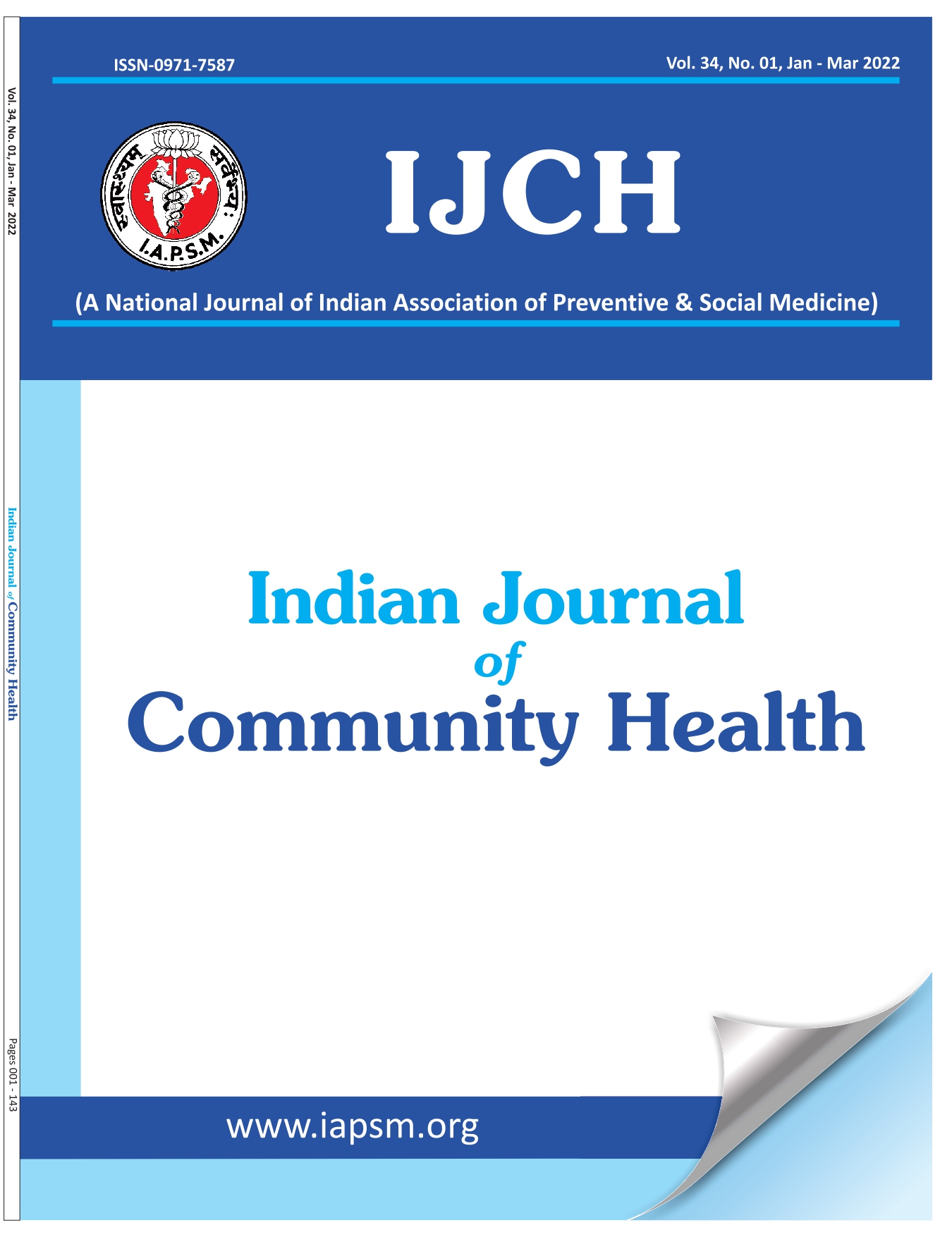Concomitant prevalence of severe wasting, stunting and underweight amongst under five children in Meerut district, India
Abstract
Background: National Family Health Survey (NFHS) documented that nearly 5.8 million children (6.4%) are undernourished in India which is 1/3rd of the world’s share. Objective: i) To assess the concomitant prevalence of severe wasting, severe stunting and severe underweight among children 6-59 months in a rural population of Northern India. Methods: A cross-sectional study was conducted in 2 blocks of district Meerut, Uttar Pradesh during 2013-2015. A total of 70 villages were included and all children in the age group of 6–59 months were covered by house to house visits. Data on socio-demographic profile and anthropometry was collected utilizing standards methods and equipment’s. The Z-scores for weight-for-height (WFH), height-for-age (HFA), and weight-for-age (WFA) were calculated using WHO child growth standards. Results: A total of 19449 children in the age group of 6-59 months from house to house survey were approached. Out of 19449 children, 464 children were excluded due to erroneous age estimation; knock knees; physically handicapped and spinal deformities. Thus, 18985 children were enrolled for the present study. The weight, height and age were available for 18474, 18595 and 18983 children. The prevalence of severe wasting, severe stunting and severe underweight was found to be 2.2%, 16.2% and 12.2%, respectively. Concomitant presence of severe wasting, severe stunting and severe underweight was found in 0.9% (171/18,463) children. Conclusion: High prevalence of severe wasting, severe stunting and severe underweight was found in children from district Meerut indicating poor nutritional status.





